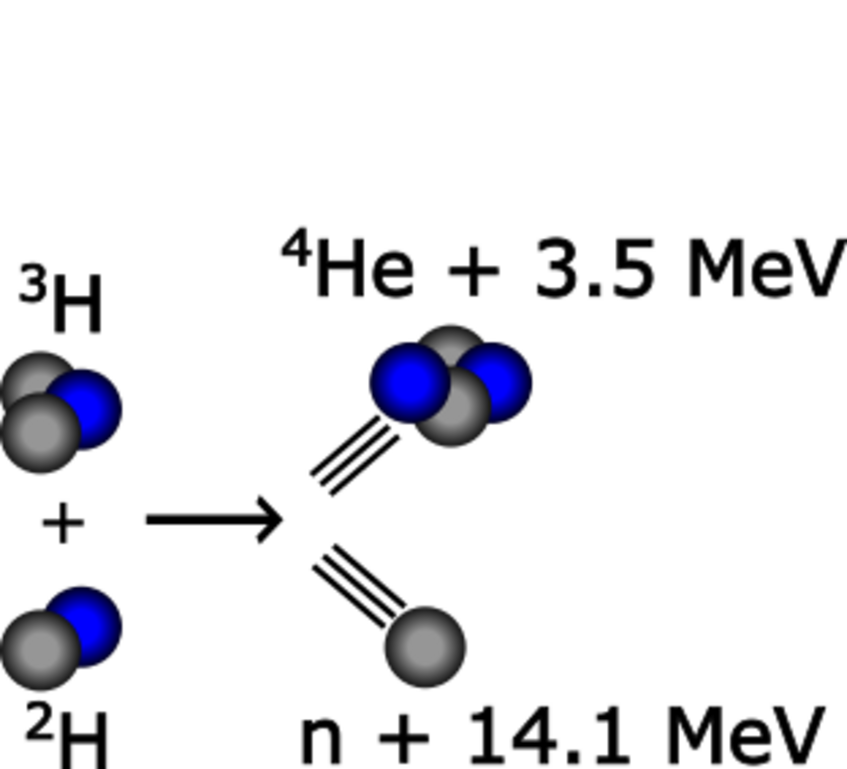Long-term activation in fusion reactors

Long-term activation in fusion reactors
- In deuterium-tritrium fusion reactions, neutrons with an energy of 14.1 MeV are produced. These neutrons can produce nuclear reactions with the materials of fusion reactors, potentially producing radioactive nuclei. This is not a challenge for present reactors, where nuclear fusion only happens for a few seconds, leading to very low neutron fluences in comparison with future energy-producing fusion reactors.The much higher fluences of continuously operational fusion reactor would lead to a significant production of radionuclides. Nevertheless, the goal is that any material used in the reactor can be treated as low level nuclear waste after the reactor operation. This is a great advantage in comparison with current nuclear fission reactors, where long-lived high level nuclear waste is produced.
- In order to ensure the goal of only producing low level nuclear waste, simulations of the production of radionuclides in the structural materials of fusion reactors have to be validated with the measurements of these after irradiating the materials with the fluences available in current reactors. While radiometric techniques were already able to do so for radionuclides with relatively short half-lives, such as 60Co (T1/2 = 5.271 a), since even low amounts of these radionuclides produce an easy-to-measure radiation, they are not so suitable for the measurement of long-lived radionuclides (T1/2 > 30 a) in these low quantities. Nevertheless, these long-lived radionuclides are much more relevant for the declaration of nuclear waste level. Because of this, recently we started to study the potential of AMS to measure such radionuclides.
- Currently we focus on the development of AMS measurements of 91Nb (T1/2 = 680 a), 94Nb (T1/2 = 20400 a) and 93Mo (T1/2 = 4839 a), which are produced in molybdenum-containing materials, such as stainless steel 316. The AMS measurements of these radionuclides have not been extensively studied due to the strong interference of their respective stable isobars: 91Zr in the case of 91Nb, 94Zr and 94Mo in the case of 94Nb, and 93Nb in the case of 93Mo. At VERA, the supression of these isobars with the ILIAMS technique is under study.
| Contact: | Carlos Vivo-Vilches | |
| References | ||
Research partners: |
| |
